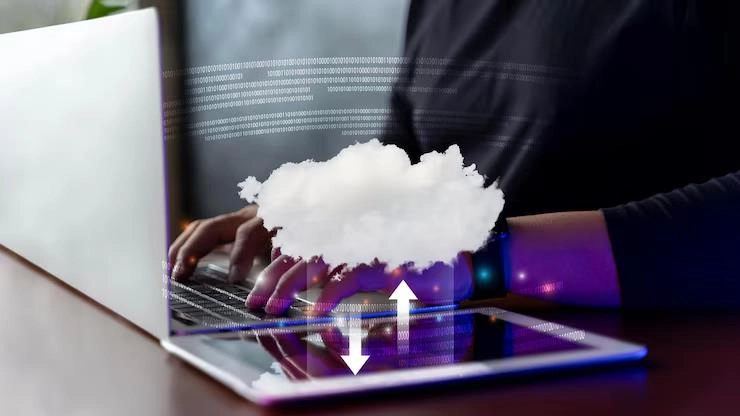In an era where agility, efficiency, and customer-centricity define market leaders, clinging to outdated technology can be your organization’s biggest roadblock. If you’re asking how to modernize legacy applications for digital transformation, you’re already on the right track. A carefully designed digital transformation strategy is no longer optional—it’s essential for business success.
The Unseen Expenses of Holding onto Legacy Systems
Legacy systems once served as the foundation of enterprise operations. However, as technology and market demands evolve, these aging applications become:
Rigid and Inflexible: Custom code built decades ago resists integration with modern tools.
Expensive to Maintain: Hardware, licenses, and specialized talent costs skyrocket over time.
Security Vulnerable: Older platforms often lack the latest security patches, exposing you to compliance risks.
Poor User Experience: Slow performance and outdated interfaces frustrate both employees and customers.
By ignoring these pain points, you risk stalling innovation, missing revenue opportunities, and damaging your brand reputation.
Why Modernize Now? The Business Case for Change
Stay Competitive in a Rapidly Evolving Market
Companies that embrace modernization accelerate product development, respond faster to customer needs, and outperform competitors.
Reduce Total Cost of Ownership (TCO)
While legacy application modernization services require upfront investment, they deliver significant long‐term savings in maintenance, licensing, and staffing.
Enhance Security and Compliance
Modern platforms come with built‐in security protocols and automated compliance features—protecting sensitive data and meeting industry regulations.
Improve Employee Productivity
User‐friendly interfaces and streamlined workflows boost morale and efficiency, turning frustrated employees into empowered innovators.
Crafting a Winning Digital Transformation Strategy
A successful digital transformation strategy hinges on clear objectives and phased execution:
- Assess Your Existing Landscape
- Catalog legacy applications and evaluate performance metrics.
- Identify technical debt, integration gaps, and security vulnerabilities.
Define Business Outcomes
- Align modernization goals with revenue growth, cost reduction, and customer satisfaction targets.
- Select the Right Modernization Approach
- Rehosting (“Lift & Shift”): Move applications to the cloud with minimal changes.
- Refactoring: Re-architect critical components to leverage microservices and APIs.
- Replatforming: Migrate to modern databases or middleware for better scalability.
- Rebuilding: Rewrite applications from scratch to maximize performance and innovation.
Leverage Proven Legacy Application Modernization Services
- Partner with experts who offer end-to-end services: assessment, migration, integration, and ongoing support.
- Ensure your provider has deep domain knowledge and a track record of successful transformations.
- Implement Incrementally
- Break projects into manageable sprints.
- Prioritize mission-critical applications to deliver quick wins.
- Measure, Iterate, and Optimize
- Monitor KPIs such as time-to-market, system uptime, and user satisfaction.
- Consistently improve your strategy using insights from real-world feedback.
How to Modernize Legacy Applications for Digital Transformation: Best Practices
Adopt Cloud-Native Architectures: Containerization and orchestration tools like Kubernetes enable dynamic scaling and resilience.
Embrace API-First Designs: APIs facilitate seamless integration with third-party services and new front-end applications.
Invest in DevOps and Automation: Continuous integration/continuous deployment (CI/CD) pipelines accelerate releases and reduce human error.
Prioritize Data Modernization: Consolidate data silos into a unified data lake or warehouse for better analytics and decision-making.
Focus on User Experience: Modern UIs and self-service portals increase adoption and satisfaction across your organization.
Realizing ROI: Modernize Legacy Systems for Digital Transformation
Organizations that modernize legacy systems for digital transformation often realize:
- 30–50% Reduction in Maintenance Costs
- 2× Faster Feature Deployment
- Enhanced System Reliability and Uptime
- Improved Customer Retention Rates
- These outcomes translate directly into increased market share and higher profitability.
Why Kansoft Is Your Ideal Modernization Partner
At Kansoft, we specialize in legacy application modernization services tailored to your business needs:
- Comprehensive Assessments: In-depth audits to map out technical and strategic roadblocks.
- Custom Modernization Roadmaps: Flexible, phased approaches designed to minimize risk and downtime.
- Expert Cloud Migration: From IaaS rehosting to serverless architectures, we ensure a smooth transition.
- End-to-End Support: Ongoing monitoring, optimization, and managed services to sustain your new ecosystem.
Our proven track record of helping clients across finance, healthcare, and manufacturing demonstrates our ability to deliver seamless, cost-effective transformations.



